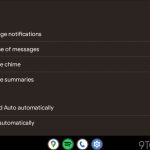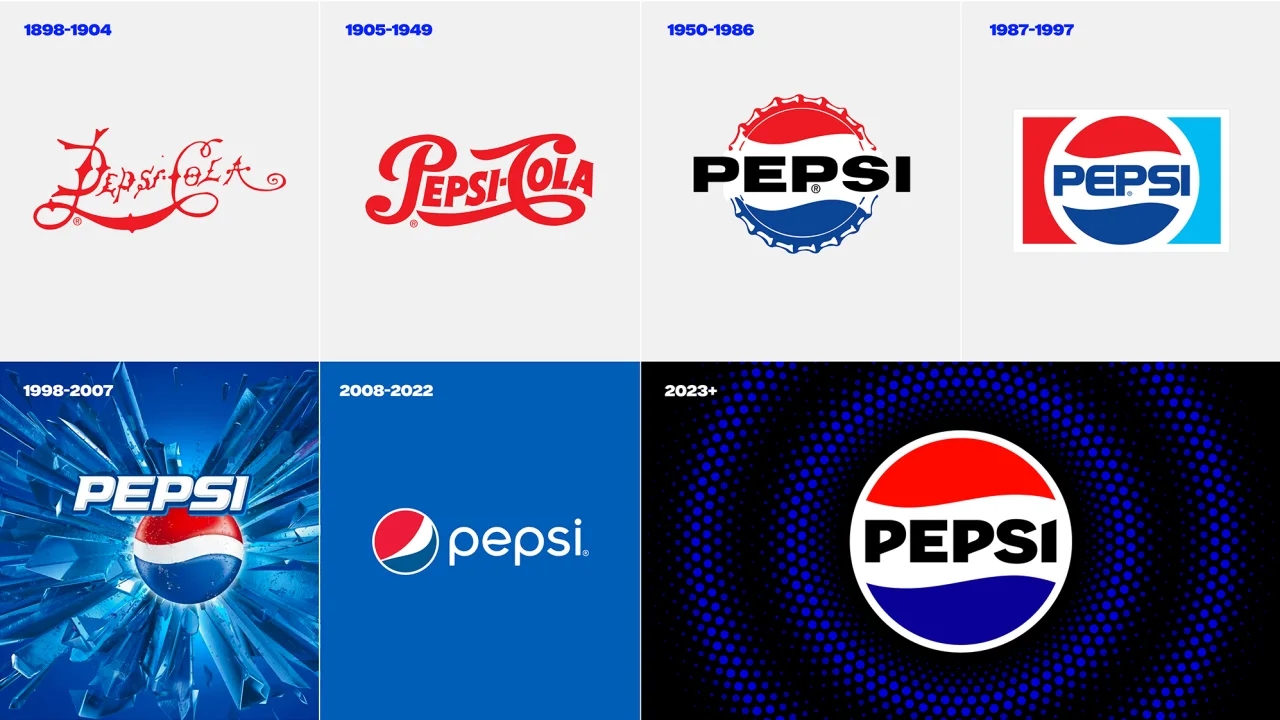New York () — If someone asked you to draw the Pepsi logo from memory, what would it look like? A circle, perhaps, with the red, white and blue stripes that are emblematic of the brand. The word “Pepsi” probably inside that balloon.
When PepsiCo walks people through this exercise, as it sometimes does, that’s what most do: they put the word “Pepsi” inside the circle. But the current logo is not like that. The brand name is off to the side, a little shy next to the iconic dial. So Pepsi decided to make changes.
“We couldn’t ignore that kind of perception,” Mauro Porcini, PepsiCo’s chief designer, told . “Instead of rejecting her, we decided to embrace her.”
Pepsi on Tuesday unveiled a new logo and brand name that will roll out across North America this fall and globally next year. It looks a lot like the 1990s version that seems to have stuck in people’s brains, but with new elements to make it more modern, including a different typeface and color, and a new border. The changes are designed not only to better fit people’s memories, but also to draw attention to Pepsi’s sugar-free line, a key part of the company’s growth plan.
Pepsi has changed its logo over the years. Credit: PepsiCo, Inc.
“Bold and Confident”
Pepsi has been around for 125 years and updates its brand from time to time. The current visual identity was introduced in 2008. But in the years since its inception, it has gotten a bit dated.
The “Pepsi” in the logo “is detached from the sphere,” says Todd Kaplan, Pepsi’s chief marketing officer. “It’s a lowercase, italicized letter, the blue is a bit off…it doesn’t evoke the confidence and energy that the brand really stands for.”
According to Kaplan, Pepsi is “a bold and self-assured brand” that stands for “unapologetic enjoyment.” The current logo, with its lowercase “pepsi” shyly removed from that laid-back sphere, isn’t very bold, nor very self-assured.
The new logo, with the capital letters “PEPSI” in the center of the circle, above the white stripe that undulates between the red and blue waves, is more appropriate.

The new Pepsi brand will launch in North America in the fall. Credit: PepsiCo, Inc.
Tim Calkins, a marketing professor at Northwestern University’s Kellogg School of Management, points out that it’s not uncommon for companies to rebrand themselves to stay relevant. But they must be careful not to change too much: major changes can confuse or upset customers. He points to the Tropicana logo debacle as an example. In 2009, Tropicana changed its carton design so drastically that consumers were outraged. Tropicana, then owned by PepsiCo, changed its logo again within a few months.
For “brands that have a long history, you can always look back,” Calkins said. Turning to nostalgic images can be “very powerful.” But companies have to be careful to make sure the brand’s legacy feels fresh, he said.
Pepsi says the changes it’s making are distinctive enough to do just that, highlighting modern elements like the sugar-free Pepsi line.
bet on zero
In recent years, soft drink companies have focused on sugar-free products and brands as consumer interest in sugar-containing soft drinks has waned, and PepsiCo is no exception.
The zero line “will be the center of the Pepsi brand strategy” in the US, Ramon Laguarta, CEO of PepsiCo, declared during a meeting with analysts in February. Earlier this year, Pepsi announced changes to its sugar-free recipe and promoted the product with a Super Bowl ad.

Pepsi is betting on its sugar-free line. Credit: PepsiCo, Inc.
“We believe that the sugar-free cola segment will continue to grow very quickly in this country. We are seeing that consumers are making the switch,” Laguarta said, noting that the zero line had already been a “strategic” product in Europe and other countries. places.
For this reason, “zero sugar is going to be the protagonist of our communication strategy,” Porcini told .
To highlight the zero line, the new logo uses a black font and black border, a nod to the black Pepsi Zero can and label.
The border also helps make the logo the defining focus of the company’s new campaign, which features lines radiating from the logo pulsing to upbeat music in video ads and elsewhere.
The team is aware that even small changes can cause problems for consumers and has approached the upgrade with caution.
“It’s been a process of change over the past few years,” says Kaplan. “We think it’s a great way to maintain familiarity [de Pepsi]… but also to project ourselves into the future”.












